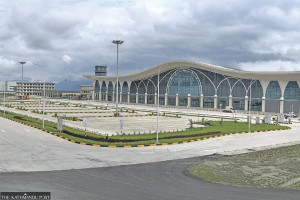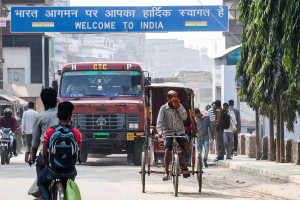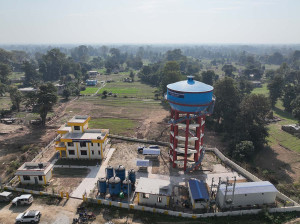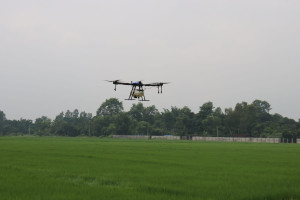Money
QR code drives Nepal’s digital payment boom
The share of QR payments, mobile banking, and faster payments has been rising, while ATM withdrawals are decreasing.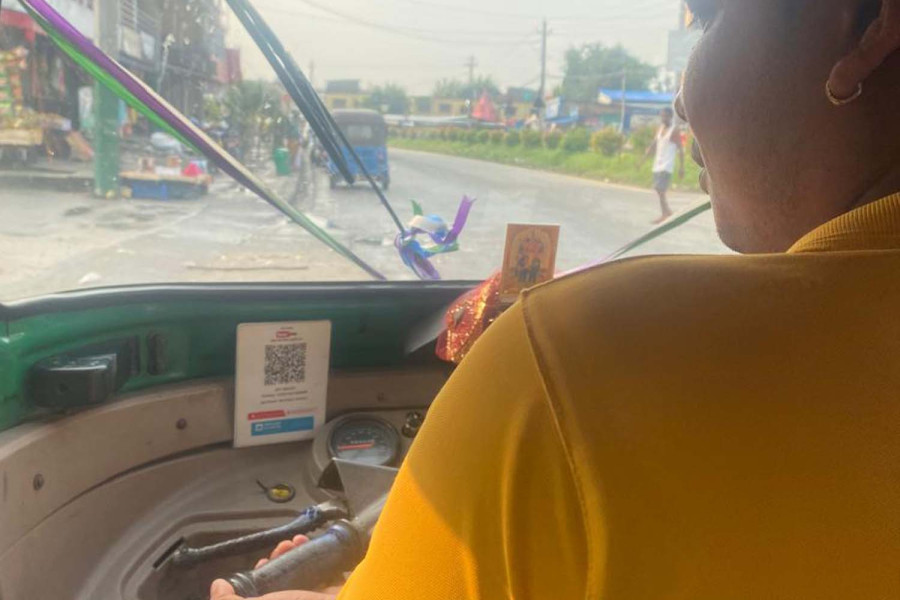
Post Report
In the past three fiscal years, the total number of digital payment transactions has increased by 43.5 percent. The total transaction value grew by an average 23.7 percent over the years, according to a central bank report.
The report, titled "Major Activities and Achievements of the Nepal Rastra Bank 2020–2025", published last Friday shows that from the fiscal year 2021–22 to FY2023–24, QR code-based payments saw an average annual increase of 230 percent in transaction volume. In terms of transaction value, QR payments grew 210 percent year on year.
The report attributes the sharp rise to increased access to digital payment platforms, which has significantly boosted the use of digital payment methods.
“This indicates a healthy adoption of QR code payment systems. People prefer QR payments to ATM transactions for convenience. Adoption is growing steadily because it's fast, convenient, and processed in real time,” said Kiran Pandit, acting executive director of the Payment Systems Department at Nepal Rastra Bank.
Digital transactions provide distinct advantages, including better credit control in both business and consumer purchases.
However, Pandit acknowledged ongoing challenges such as lack of inclusivity, a digital divide, and insufficient infrastructure in rural areas. “With the rise in online scams, it's crucial to increase public awareness,” he added.
In areas outside the Kathmandu valley, poor mobile connectivity has discouraged merchants from adopting digital payments due to concerns about transaction failures. “It is the joint responsibility of stakeholders to support and strengthen the digital payment ecosystem,” Pandit said.
The number of merchants accepting QR payments has surged over the past five years, thanks to policies promoting QR code-based transactions. According to the report, the number of QR codes issued by banks and financial institutions to merchants increased from 282,000 in mid-July 2021 to 2.34 million in mid-January 2024.
Similarly, the transaction value for QR-based merchant payments rose sharply from Rs20.28 billion across 5.5 million transactions in the fiscal year 2021–22 to Rs500 billion from 160.93 million transactions in 2023–24.
As of mid-January 2024, there are nine payment system operators and 25 payment service providers active in the country. Additionally, 20 commercial banks, 17 development banks, and 11 microfinance institutions hold licences as payment service providers.
Under the Digital Lending Guidelines 2021, banks disbursed loans digitally to the tune of Rs2.98 billion last fiscal year. Thirteen banks and financial institutions currently offer digital lending services, with lending limits of up to Rs500,000 for salary account holders and Rs300,000 for other customers.
The guidelines aim to streamline the entire loan process—from application to repayment—and make it more transparent.
Mobile banking usage has also grown rapidly. The number of mobile banking users rose from 114 million in mid-July 2020 to 265 million by mid-January 2024.
The share of cash in total payment transactions is declining, the report said. Meanwhile, the share of QR payments, mobile banking, and faster payments has been rising, while ATM withdrawals are decreasing.
ATM withdrawals accounted for just 9.70 percent of all transactions in the last fiscal year, down from 16.38 percent in 2020–21. In contrast, mobile banking’s share rose from 24 percent to 31 percent, and QR transactions increased from 1 percent to 12 percent during the same period.
According to the Payment Insight Report 2023–24 published by the central bank, the dominance of QR code payments has significantly reduced the need for physical debit cards. Innovations like connectIPS, interbank fund transfers, cardless withdrawals, and payment gateways have further reduced dependency on traditional banking tools.
Officials noted that younger consumers increasingly favour mobile and internet banking over traditional payment methods like cheques and debit cards.
Since the launch of cross-border digital payments with India in March 2023, QR-based transactions via the UPI acquiring service have reached Rs1.41 billion across 519,039 transactions as of mid-February this year.
Additionally, transactions through Alipay+, UnionPay, and WeChat for payments to China totalled Rs101.21 million from 5,129 transactions between mid-July and mid-February.
Cross-border QR code payments with both India and China have seen steady growth since their inception, the report shows.




 7.12°C Kathmandu
7.12°C Kathmandu





